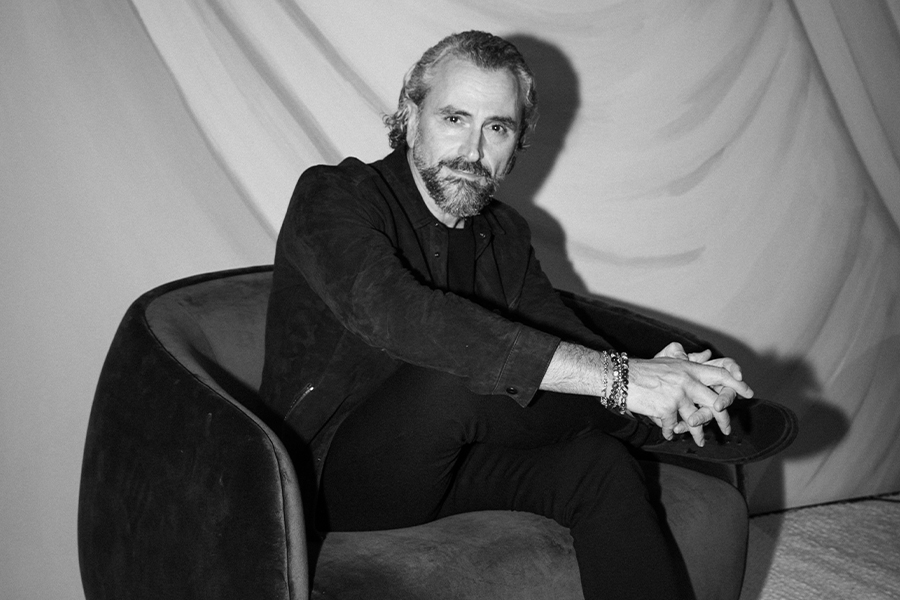A partner at Oslo, Norway- and New York-based Snøhetta, Martin Gran serves as managing director of the firm’s design arm, bringing more than two decades’ worth of brand-driven communication and design experience. Recently, he led the design of Norway’s new bank notes and conceived the visual identities for restaurants Barr and Under (named because it is mostly submerged underwater). Gran’s background makes him especially unique in the field: He holds degrees in management, sociology, and psychology, and his work combines his knowledge of the human mind with a deep understanding of the commercial landscape.
Conveying meaning
At the highly trafficked Oslo Opera House, Snøhetta used architecture and design as a way to communicate what is happening on stage. “We made the concept of thresholds—when the sea meets the hard marble is exactly that spot where this threshold is happening. When you look at the very cold glass, and into the warm [interiors], it is communicating the same,” he explains. “There has to be a threshold in the arts to make it interesting, a threshold between normal life and our illusion—the threshold between fiction and our everyday lives.”
Adding social value
“We try to improve social interactions with any product we do,” Gran explains, “and see if we can do something that has added value.” For the Library of Alexandria in Egypt, Snøhetta aimed to transfer its craftsmanship knowledge to those who were actually building the project by adding safety measures for the workers as part of the contract. This commitment to social interactions and structure is not only evidenced in the company’s projects, but also in the way the business itself is run. “Everyone has a voice and can contribute to the projects in equal terms. We have 35 different nationalities at Snøhetta. We are equally as many women as men. We try to mix young and old people into our projects, and we convey the diversity in thinking not only in who we are but also in our disciplines.”
Hotel of the future
The Svart hotel concept in the Arctic Circle is billed as the first energy-positive hotel, with a goal to generate more renewable energy than it would take to build and demolish it. Named for the nearby glacier Svartisen, it also references the black solar panels on its roof. The property will not be accessible by road. Rather, visitors will have to take electricity-driven boats. “This notion of creating not only a hotel but a sustainable hotel that affects how we travel, and the users and consumers, is important.”
Photography and renderings by Michael Grimm and courtesy of Snøhetta


